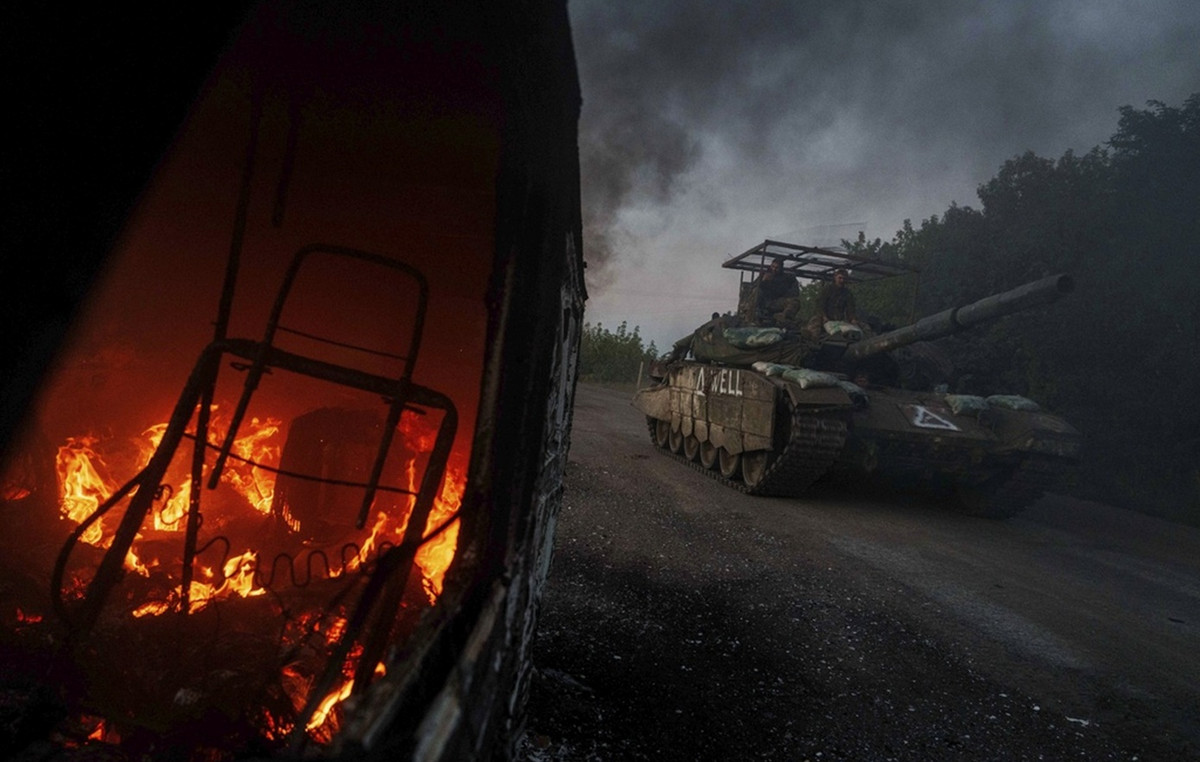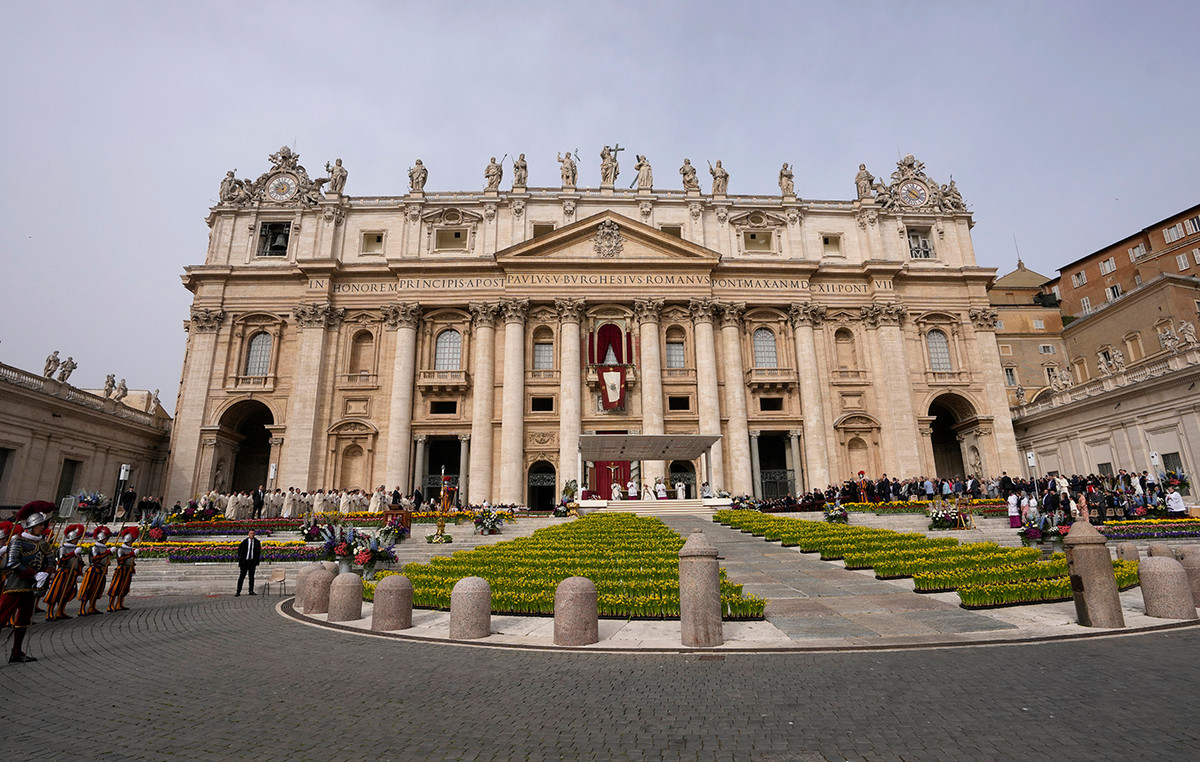A ninety-year-old woman was pulled alive from the rubble of the earthquakewhich claimed the lives of at least 126 people in central Japan on January 1, while search and rescue operations were made even more difficult today by snowfall.
The 7.5-magnitude earthquake, which was felt as far as the capital Tokyo, more than 300 kilometers away in a straight line, hit hard the Noto Peninsula, in Ishikawa Prefecture, a narrow strip of land stretching a hundred kilometers into the Sea of Japan. It caused the collapse of dozens of buildings and destroyed many roads.
In addition to the 126 dead, authorities also said today that 560 people were injured and another 222 people were still missing, mainly in the cities of Uajima and Shushu.
The ninety-year-old was pulled alive after five days from the wreckage of her house that collapsed in Sousse, at the tip of the peninsula. She was conscious, able to answer questions clearly during the rescue operation, and passed away after being taken to a hospital, Japanese public broadcaster NHK reported.
“Stay strong!” rescue workers shouted at her in the rain, according to police video broadcast by Japanese media. “Everything will be fine”, “stay positive”, they said.
A police spokesman in Tokyo confirmed to AFP that the rescue was carried out by members of the capital and Fukuoka (southwest) police departments, without giving details.
The earthquake, which was followed by hundreds of aftershocks, caused some 1,000 landslides and widespread fires, especially in Oujima, where authorities fear many people are still trapped in the debris. It also caused a tsunami, but — fortunately — the waves did not go much beyond one meter.
Rescue crews continue their efforts to find survivors and people isolated in areas where roads were cut off, as well as to distribute food and equipment to those left homeless. Some 30,000 citizens were yesterday in 366 reception areas opened by the authorities, according to the local government in Ishikawa.
But weather conditions are expected to worsen in the area from today, with fresh rain and heavy snowfall in places, according to the Japan Meteorological Agency, which warned against the risk of hypothermia.
There is also a risk of further landslides due to the rainswhile the frost will complicate traffic on the roads, many of which have already been damaged by the earthquake.
Because of the poor condition of the road network, the Japanese military has deployed small teams on foot to each of the blockaded communities, as well as helicopters, Japanese Prime Minister Fumio Kishida told NHK today.
“Along with these efforts, it is necessary to improve the housing conditions and health care of those affected by the disaster”as this situation may be prolonged, Mr. Kisida judged, adding that “long-term” initiatives will be needed to rebuild the earthquake-stricken areas.
About 20,000 households continue to be without electricity in Ishikawa Prefecture.
The New Year's earthquake is the first to kill more than 100 people in the archipelago since one in Kumamoto (southwest) in 2016, when 276 lives were lost and widespread damage was caused.
Japan, on the so-called pacific ring of fireis among the countries where many of the strongest earthquakes are recorded around the world.
The country remains haunted by the terrible magnitude 9 earthquake and giant tsunami of March 2011 on the northeastern coast of the country, a disaster that left behind some 20,000 dead and missing.
That earthquake and subsequent tsunami caused the Fukushima nuclear disaster, the worst in world history since Chernobyl in 1986.
Source: News Beast
With 6 years of experience, I bring to the table captivating and informative writing in the world news category. My expertise covers a range of industries, including tourism, technology, forex and stocks. From brief social media posts to in-depth articles, I am dedicated to creating compelling content for various platforms.







